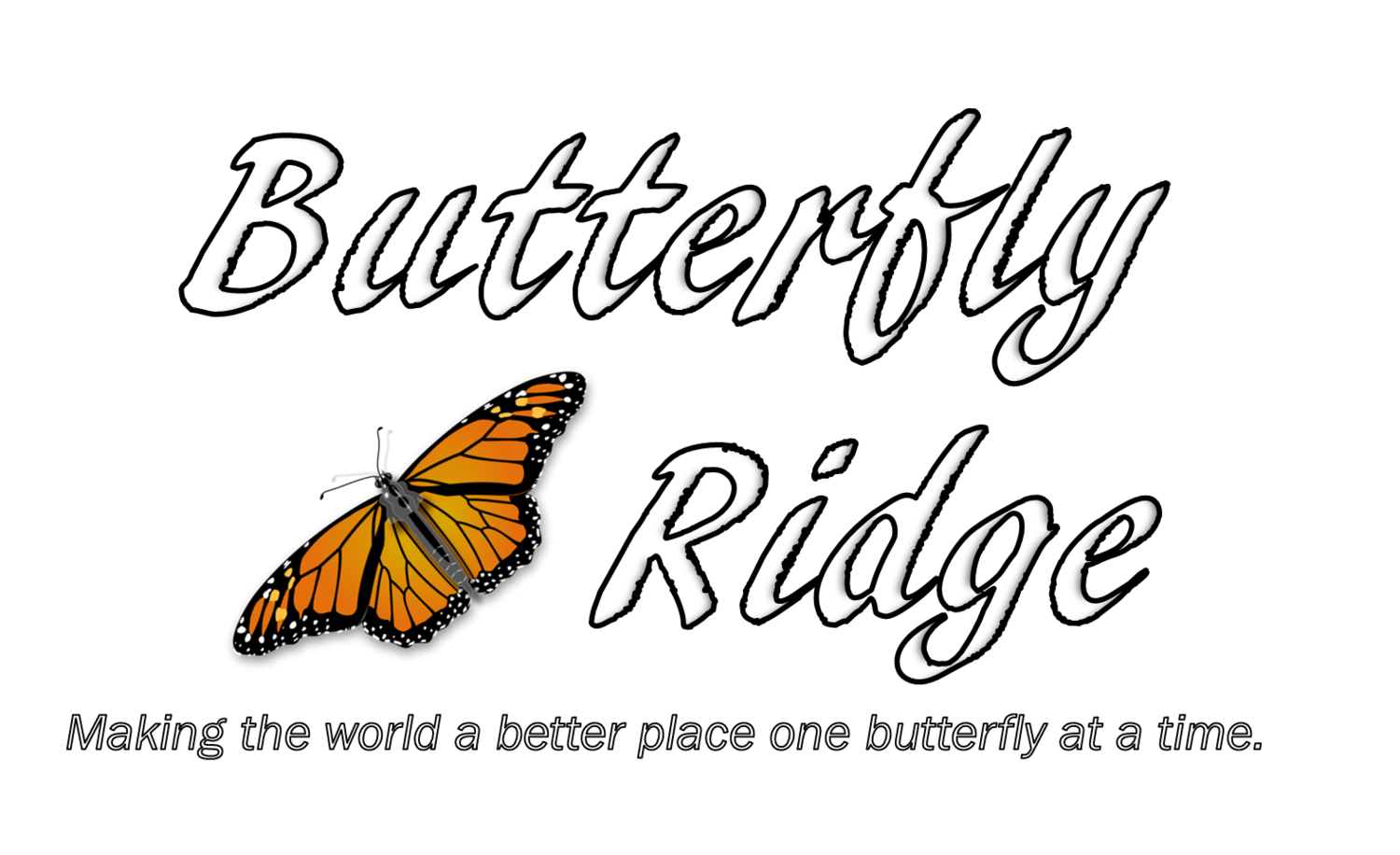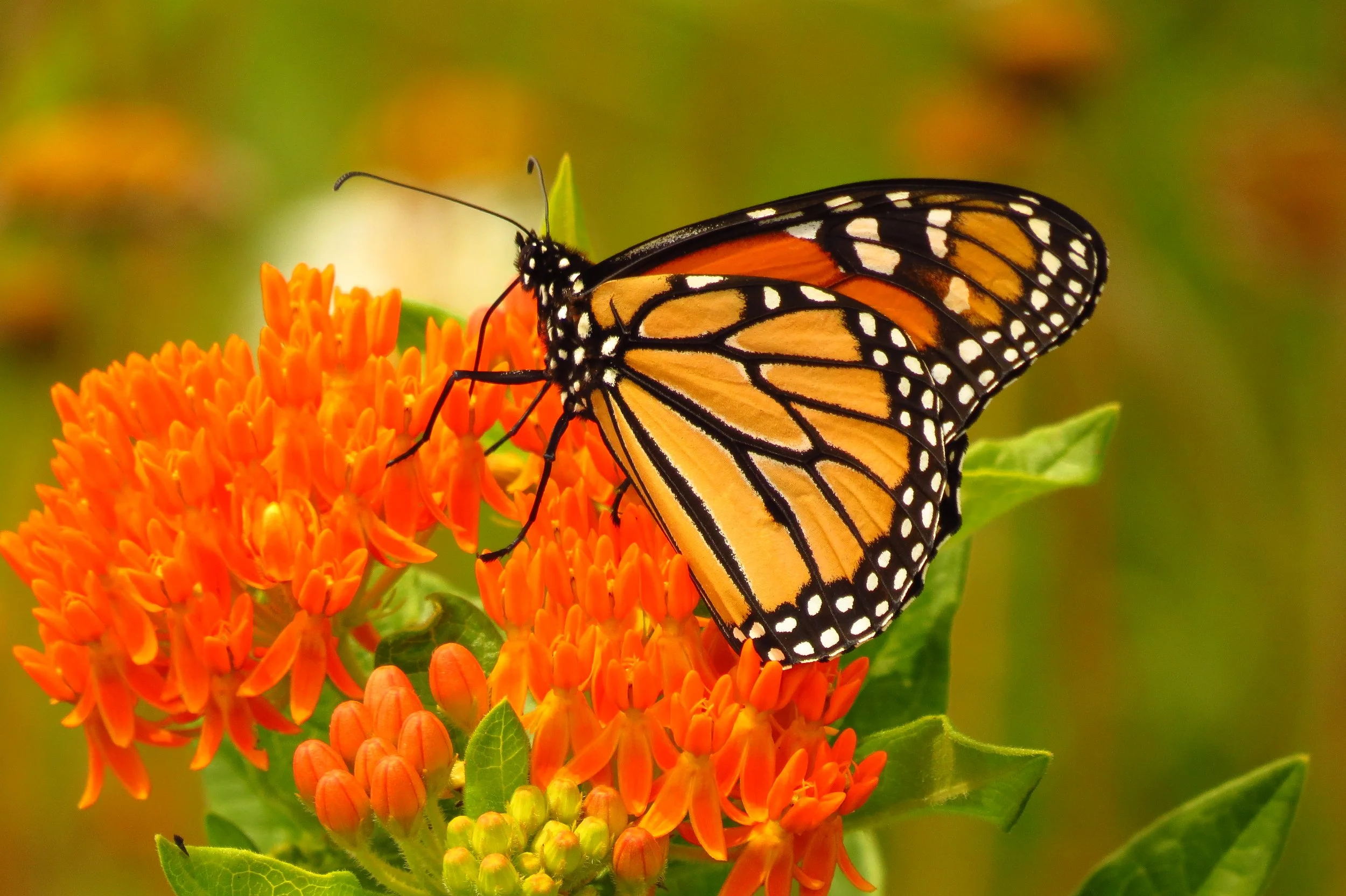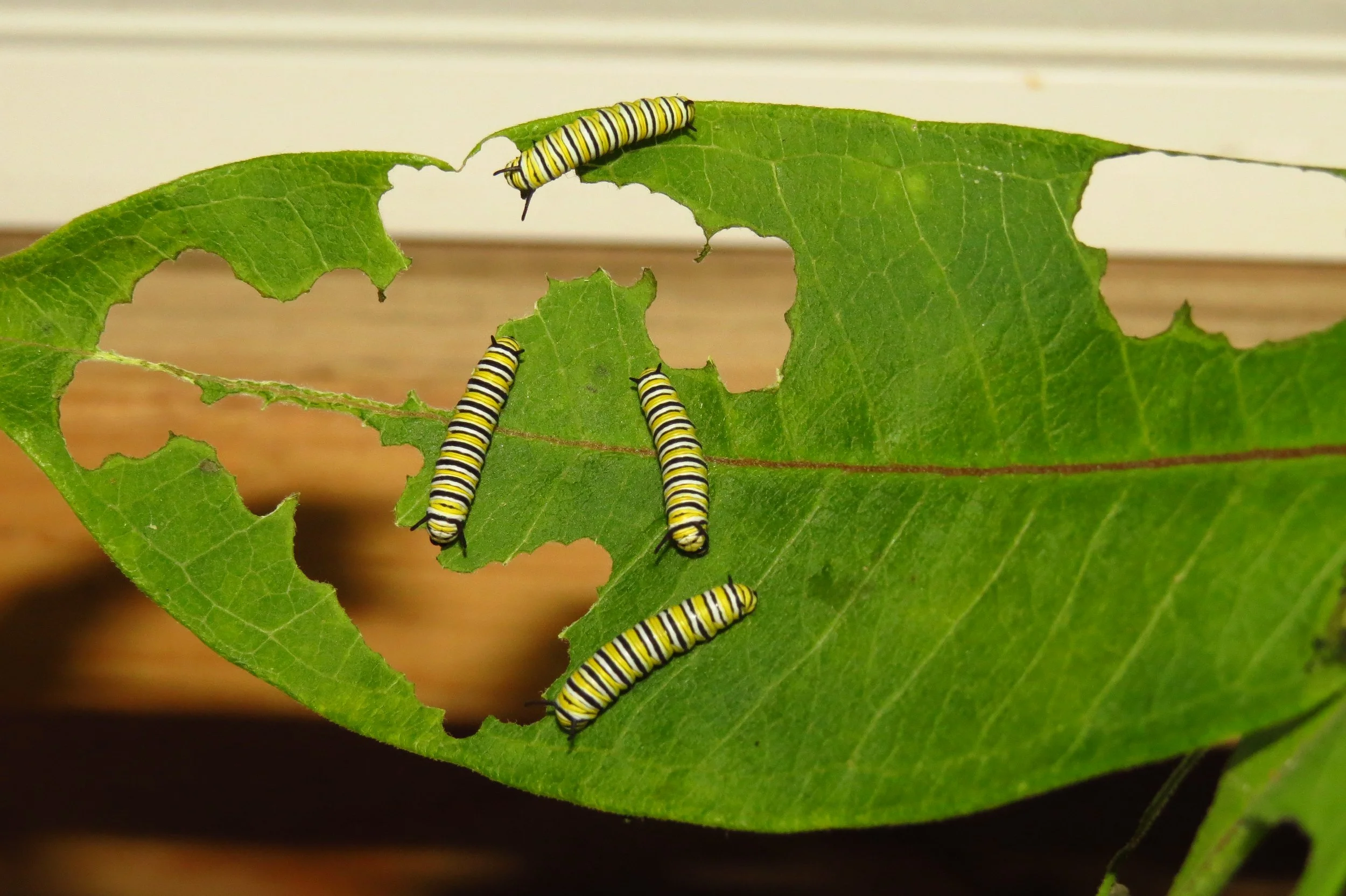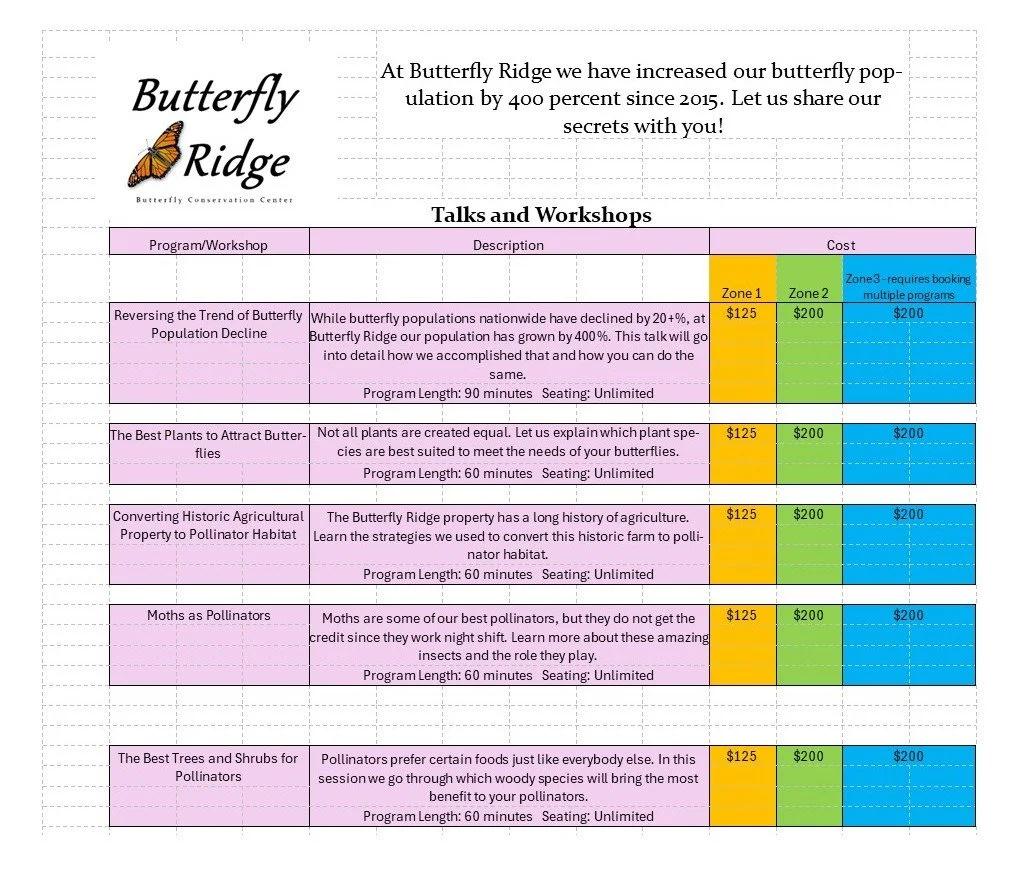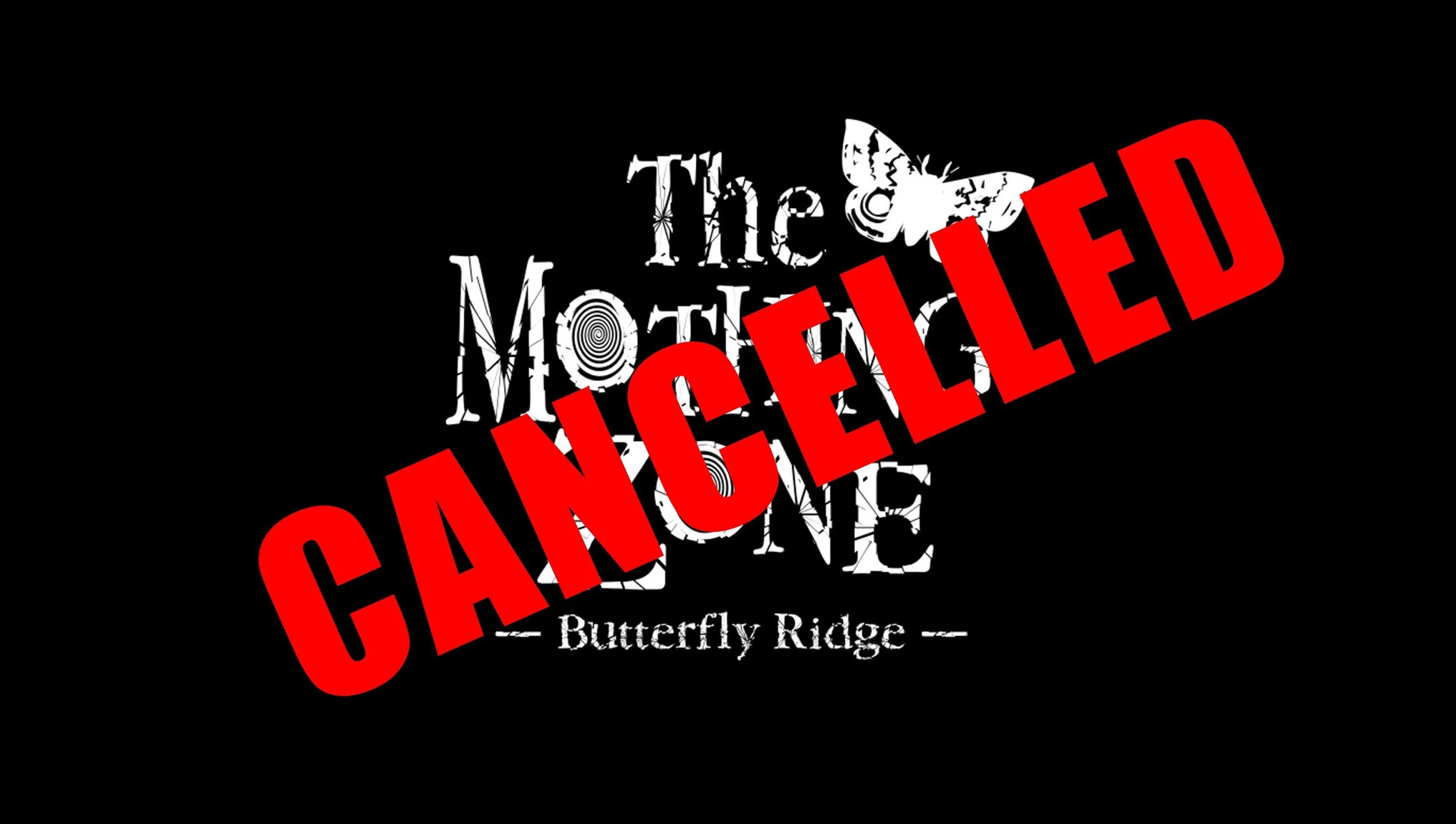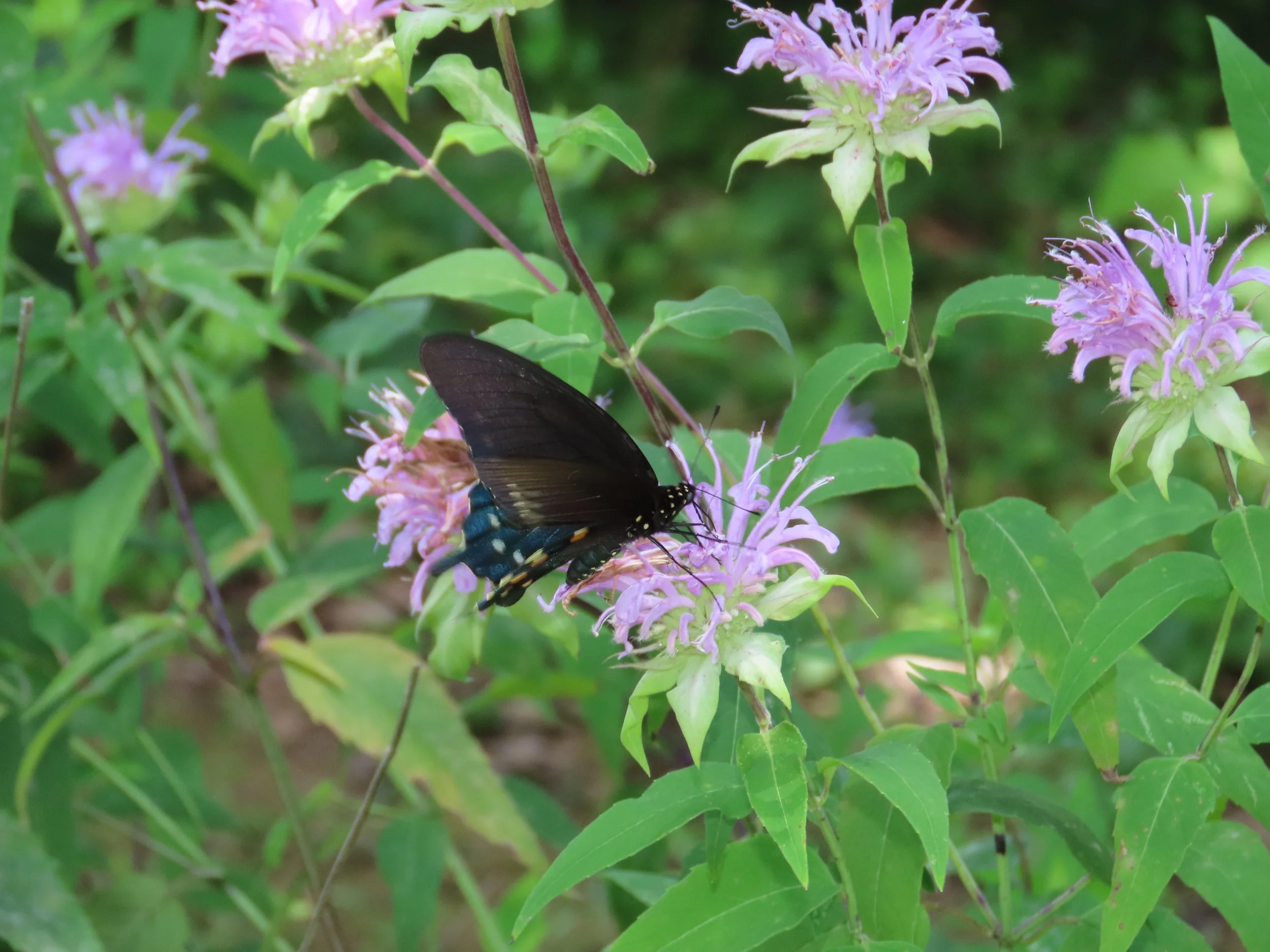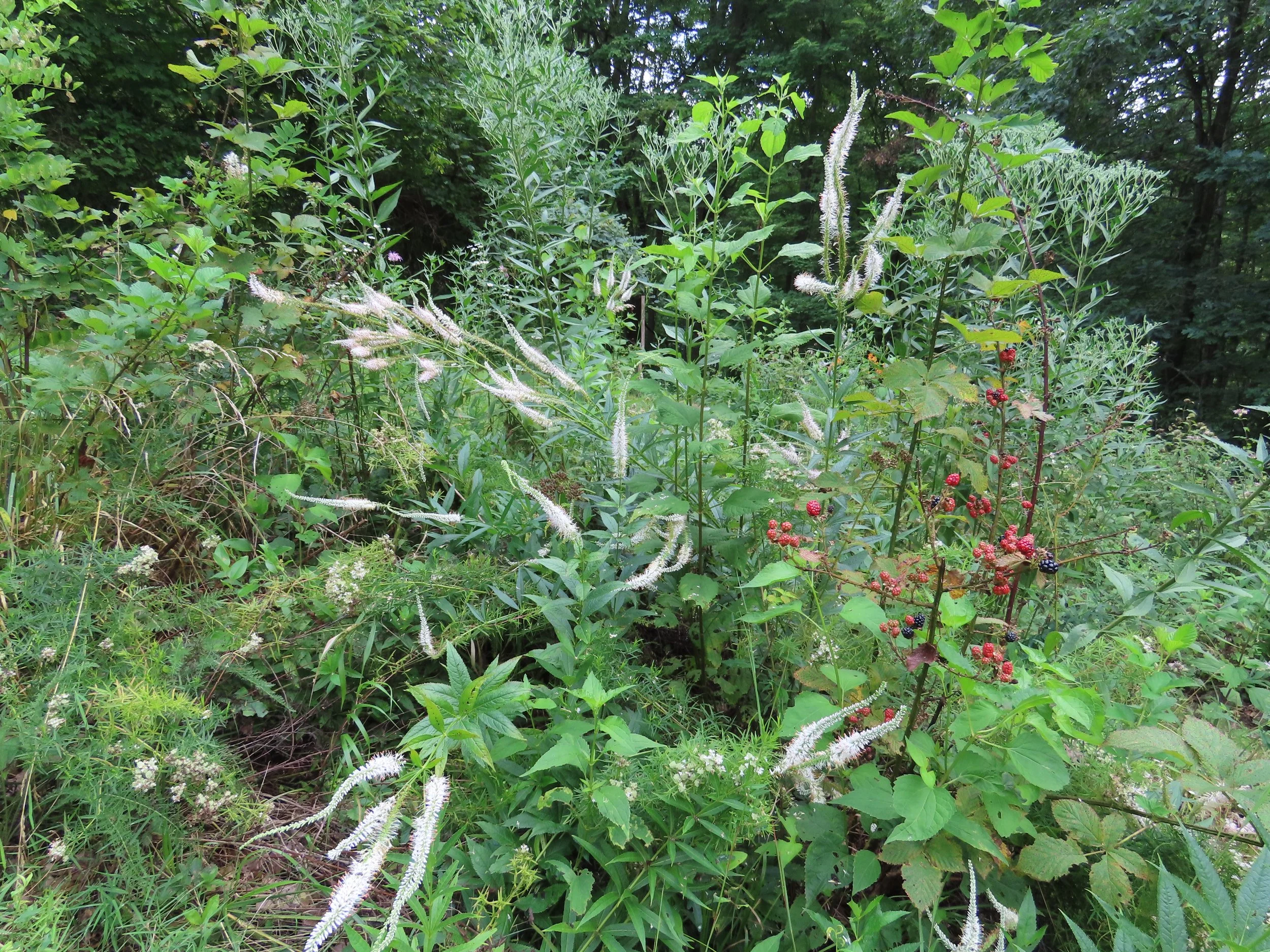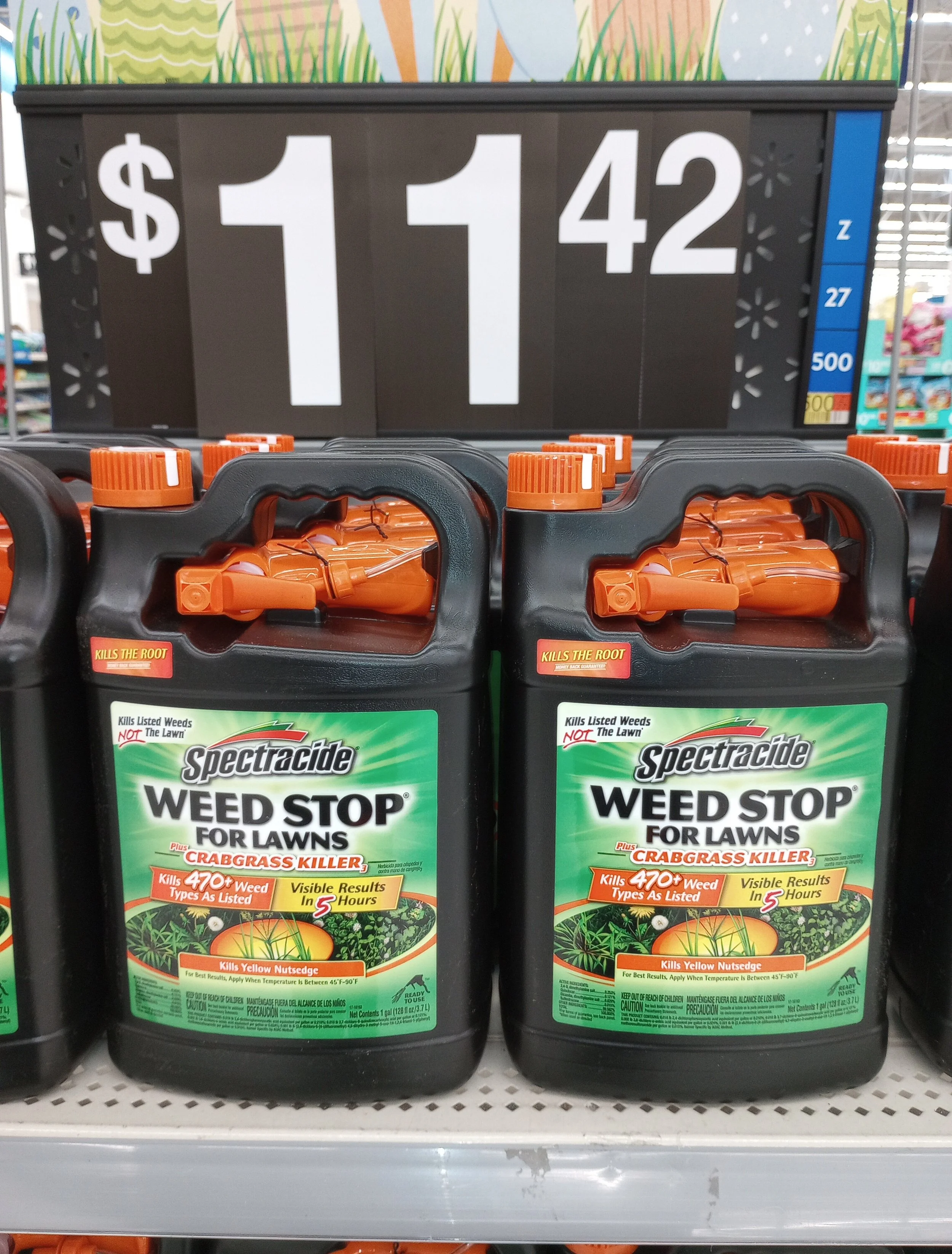Monarchs on the Threatened List?
/I was recently asked on Facebook to weigh in on the current public comment period regarding the listing of monarchs on the federal Endangered Species List. My comments were much as they have been over the last five years, when this idea was originally proposed to the US Fish and Wildlife Service. If I may, I would like to copy and paste from a blog post I made almost a year ago.
“The entire point of listing a species as threatened or endangered is to provide that species with extra help from a habitat protection perspective. It is my opinion that monarchs should NOT be listed via the ESA. Let me offer four reasons as to why.
There are already countless organizations helping monarchs. There is no less than four tagging programs around the US to help monitor monarch populations. There is an abundance of conservation groups educating the public on the importance of monarchs and how to conserve them. There is no shortage of groups, including Wild Ones and Polygonia Foundation, who are distributing milkweed seed to concerned property owners. I am not sure what help the ESA could provide that monarchs are not already receiving.
The key component to the monarch butterfly population decline is habitat loss. That habitat loss is largely happening on the United States side of the border. One key component of that habitat loss is agriculture and the use of herbicide-resistant (Round-up Ready) crops. When I was a kid (fifty plus years ago), if you wanted to find milkweed you went, among other places, to the edge of farm fields. Common Milkweed loves disturbed ground, and you don’t get much more disturbed than ag fields. With the invention of Round-Up Ready crops, farmers can spray herbicide directly on the crops, thus eliminating colonizers like milkweed from even getting started. I am not even sure that farmers have access to non-herbicide-resistant seed at this point in the game. Do you honestly believe that Fish and Wildlife, as part of an ESA monarch listing, will ban Round-Up Ready crops?! I don’t!
Another place that we would find milkweed in my youth pretty reliably was along roadsides. Every time Uncle Fred drove off the road into the ditch, it would disturb the ground and create new habitat for milkweed to exploit. If you have not noticed, our various state departments of transportation now mow roadside to within an inch of their lives. When I lived in Indiana I would tease people that I could drive a golf ball from Muncie to Richmond without going in the rough; not because I was a great golfer, but because there was no rough. Indiana roadsides are like putting greens. Milkweed does not stand a chance to get started. Do you honestly believe that Fish and Wildlife, as part of an ESA monarch listing, will ban roadside mowing between the months of June and October in the Midwest to protect milkweed, and thus monarch, populations?! I don’t!
We are all very familiar with urban sprawl. In fact, some of you reading this may be co-conspirators in said sprawl. And every year natural habitat is wiped out and replaced with asphalt, concrete, 2 by 4’s, and a hideous collection of exotic invasive shrubs that the landscaping industry seems dead-set on shoving down our yard’s throats. Do you honestly believe that Fish and Wildlife, as part of an ESA monarch listing, will mandate an acre of land be set aside for conservation for every acre developed for residential, commercial, and industrial purposes?! I don’t!”
If you are questioning my clairvoyance from a year ago, below I have pasted a section of the proposed rule to list the monarch with the ESA. The section I have copied is from the middle of the document which lists the exceptions to the rule, or in other words, activities that would be exempt from following the protections of the listing. I apologize for the small font, but the section is quite lengthy.
You will note below that item letters’s a, b, and c exempt pretty much all agricultural activities including farming, ranching, and the mowing of hay that is so common throughout southeast Ohio. My item #2 above was a precise prediction of this exemption.
Item letter f below provides an exemption for all residential and development activities. This corresponds to my item #4 above. Item letter g exempts all roadside mowing and other vegetation management activities, which corresponds to my item #3 above.
I think everyone agrees, the primary cause of monarch decline in North America is habitat loss, largely habitat loss in the United States. So, how is exempting the destructive behaviors I have pointed out going to save habitat? The simple answer is that it won’t! The commercial butterfly industry is not responsible for the decline in monarch numbers, therefore imposing rules and prohibitions on that industry will not appreciably aid monarchs. A lack of protection for monarchs at overwintering sites in California generally has not been a problem, so while adding additional protections certainly will not hurt the cause, how much it will help is quite debatable.
Frequently the excuse I hear to promote moving forward with this type of rule making is that it will “call attention to the problem”. Monarch education in the US has been going on since the 1990’s. Anybody who gives a fraction of a squat about nature is already well aware of the decline of the monarch population. The red flag has already been waving for decades.
Truly what is needed to assist monarchs is incentives, not for the butterflies but for the humans.
Farmers need a financial incentive to reduce their active plow area by 10%. Homeowners need an incentive to not mow their property like putting greens. Developers need an incentive to set aside 10% of the development for habitat rather than ten more condos. 'DOT's need an incentive to manage the roadsides for something other than "neatness". Until we provide these incentives, nothing will markedly change.
